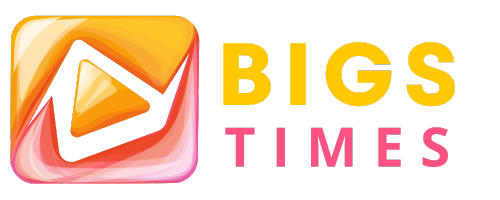🌌 Introduction: The Enigmatic Hue
Indigo is a color that evokes mystery, depth, and elegance. Often described as a shade between deep blue and violet, it has fascinated artists, designers, and fashion enthusiasts for centuries. But what exactly is indigo, and why does it hold such a unique place in color theory, history, and modern design? This article takes you on a journey through the rich spectrum of indigo, revealing its nuances, applications, and timeless appeal.
🎨 Understanding the Color Indigo
Indigo sits between blue and violet on the visible spectrum, with wavelengths roughly between 445–464 nanometers. Depending on light and context, indigo can appear as:
-
A deep, muted blue with hints of purple
-
A rich violet leaning toward navy
-
A bold, vibrant color in textiles or digital displays
Its versatility makes indigo a favorite for designers and artists, offering both subtlety and intensity in a single hue.
📜 A Historical Perspective
Indigo is not just a color; it has a storied past. Originating from the indigo plant (Indigofera tinctoria) in India, the dye became a valuable commodity in ancient trade routes. By the 16th and 17th centuries, indigo was a symbol of wealth and prestige, used in clothing, tapestries, and art.
From the denim blue jeans of the modern era to traditional ceremonial garments, indigo has endured as a timeless and culturally significant color.
🌿 Indigo in Nature
Nature provides some of the most striking examples of indigo:
-
Night skies during twilight often reveal indigo gradients.
-
Deep ocean waters reflect indigo tones under sunlight.
-
Certain flowers and berries, like the indigo plant itself, showcase this deep, rich shade.
This natural presence contributes to indigo’s perception as a calming, introspective, and grounding color.
🖌️ Indigo in Art and Design
Indigo’s depth and richness make it a versatile tool for creativity:
-
Interior design: Indigo walls or bedding can create a soothing, elegant atmosphere.
-
Fashion: From formal suits to casual denim, indigo adds refinement and sophistication.
-
Digital media: Indigo provides contrast and depth, making it perfect for visual hierarchy and accents.
Pairing indigo with neutrals like beige, cream, or gray enhances its elegance, while combining it with bold colors like gold or coral creates dramatic, modern aesthetics.
💡 Psychological Impact of Indigo
Color psychology associates indigo with:
-
Intuition and perception
-
Calmness and focus
-
Mystery and sophistication
Incorporating indigo in spaces, clothing, or branding can evoke trust, stability, and elegance, making it a strategic choice for both personal and professional applications.
🌟 Modern Interpretations
Today, what color of indigo continues to inspire designers, artists, and creatives worldwide. Whether in luxury interiors, high-fashion collections, or digital interfaces, indigo is celebrated for its timeless depth and ability to adapt to contemporary trends.
Its subtle complexity allows it to remain classic yet dynamic, perfect for anyone seeking a color that balances tradition with modernity.
🏁 Conclusion: Embracing Indigo
Indigo is more than just a color — it is a journey through deep, rich hues that connect history, nature, art, and psychology. Whether used in a bedroom, a wardrobe, or a digital design, indigo provides depth, sophistication, and a touch of mystery.
To truly understand indigo is to appreciate the balance between blue and violet, the interplay of light and shadow, and the timeless elegance that this hue brings to every space it touches.

